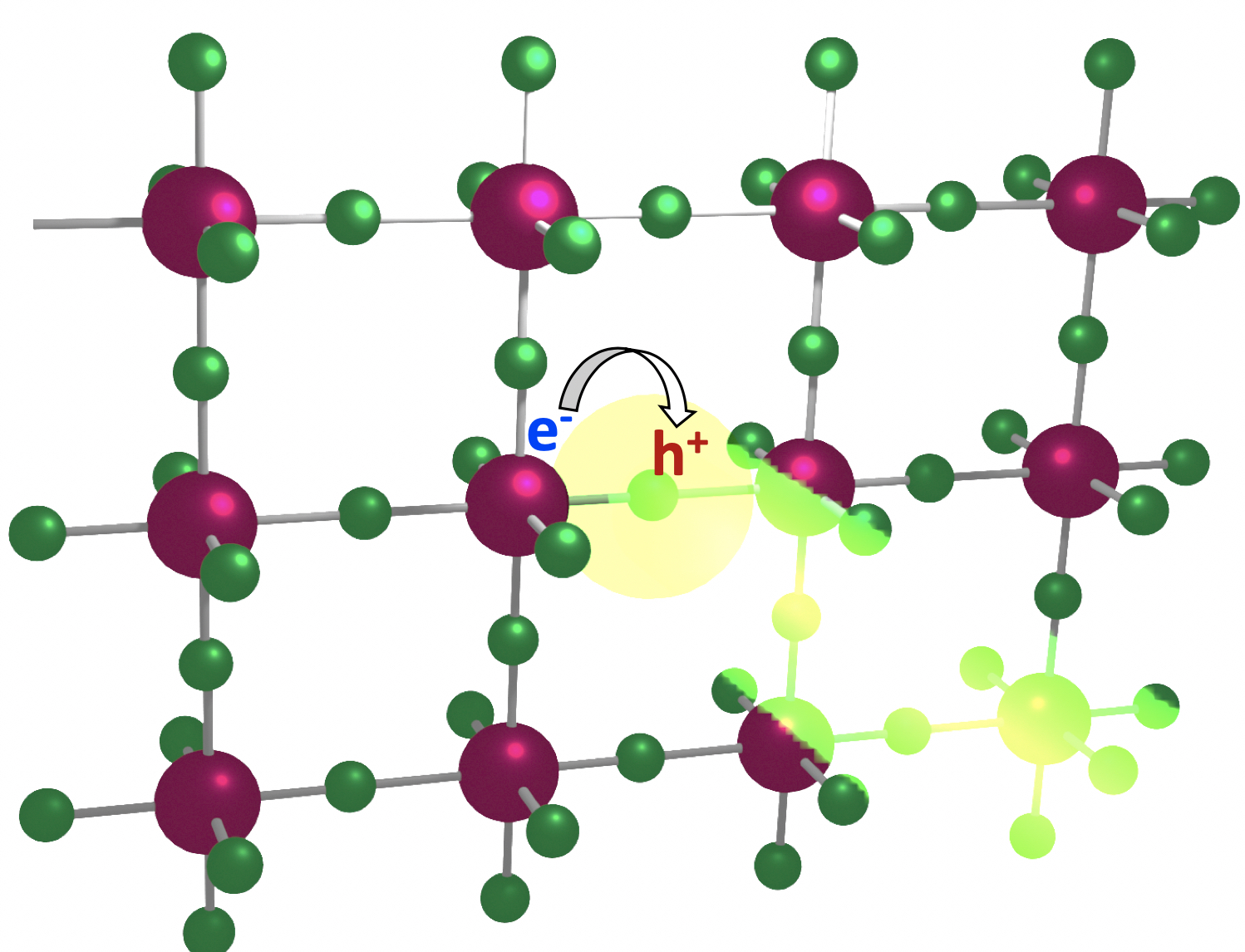In a study published in Nature Communications, an international team led by Aalto University researchers has found that fibrous red phosphorous, when electrons are confined in its one-dimensional sub-units, can show large optical responses – that is, the material shows strong photoluminescence under light irradiation. Red phosphorous, like graphene, belongs to a unique group of materials discovered in 2017 called one-dimensional van der Waals (1D vdW) materials.
Tag: Photoluminescence
One-dimensional red phosphorous glows in unexpected ways
In a study published in Nature Communications, an international team led by Aalto University researchers has found that fibrous red phosphorous, when electrons are confined in its one-dimensional sub-units, can show large optical responses – that is, the material shows strong photoluminescence under light irradiation. Red phosphorous, like graphene, belongs to a unique group of materials discovered in 2017 called one-dimensional van der Waals (1D vdW) materials.
Molecules in collective ecstasy
When fluorescent dye molecules nestle perfectly together, something completely new is created: an excited state distributed over many molecules. Such collective excitations can be used in a variety of ways – for organic solar panels, in sensors, for ultrafast data transmission or in microscopy, for example. Empa researchers, together with colleagues from ETH Zurich, EPFL, the Paul Scherrer Institute (PSI) and IBM Research Zurich, have succeeded in making such chemical light amplifiers ten times more efficient than before.

Organic Spacers Improve LED Performance
Sandwiching a 2-D light-emitting layer between ring-shaped carbon compounds significantly improved device efficiency and brightness.